
Lab-grown diamonds vs. real diamonds: Exploring the difference
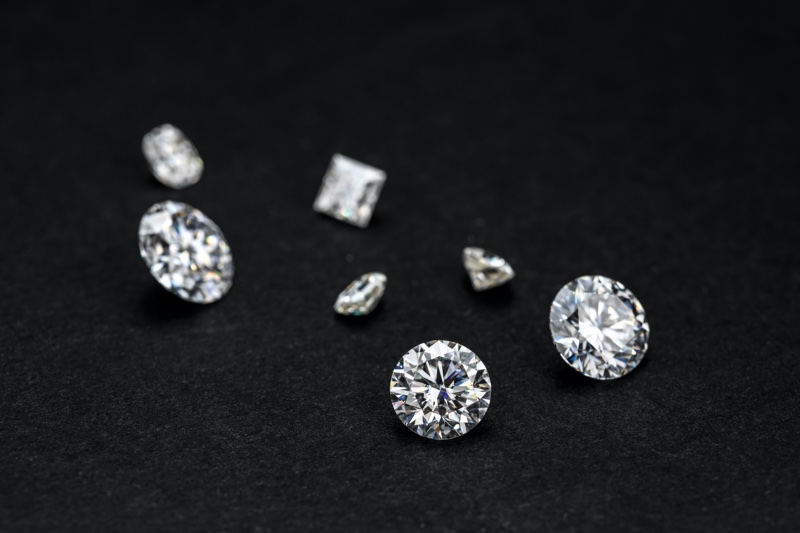
Lab-grown diamonds and natural diamonds may look the same at first glance, but their stories couldn’t be any more different. One has been born underground for billions of years. The other is built in a few weeks using cutting-edge science.
Lab-grown diamonds and real diamonds
Still, there’s more to these distinct gems than to make your eyes go. From price and quality to how they are made and what they represent, the choice between them is more than just an appearance.
Whether you shop for something special or are interested in how diamonds are evolving, it will help you know what makes them stand out.
What are lab-grown diamonds?
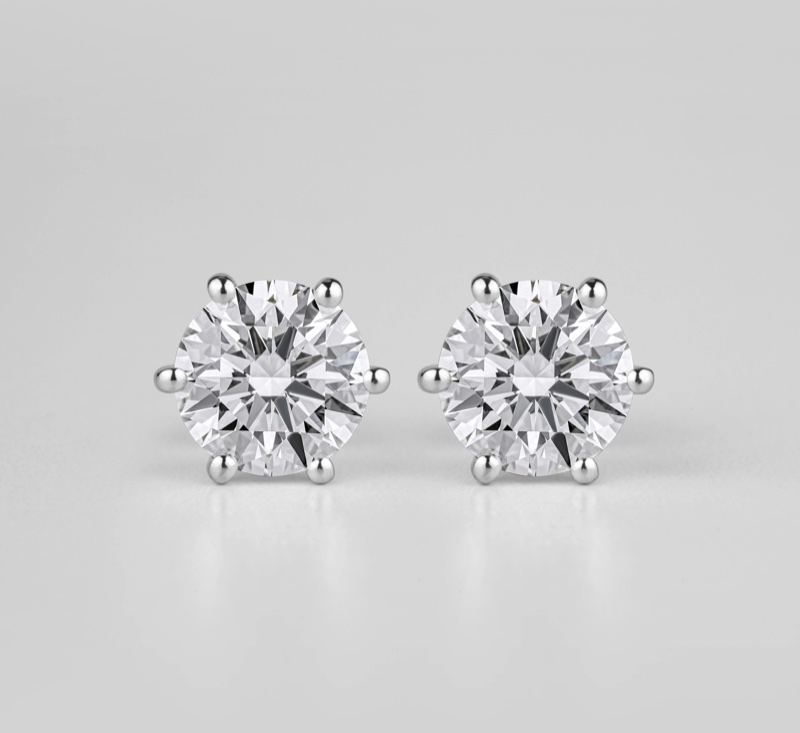
Lab-grown diamonds are real diamonds made in the lab rather than on the ground. They were first made in 1955. Scientists use heat and pressure to create them, just like the Earth, but in a controlled environment.
These stones are also known as engineering diamonds because they are built using advanced technology.
There are two main methods to create them: high pressure high temperature (HPHT) and chemical vapor deposition (CVD). Both methods grow diamonds that look natural.
They have the same shine, hardness and construction. Lab-grown diamonds can be made in just a few days or weeks.
What is a real diamond?
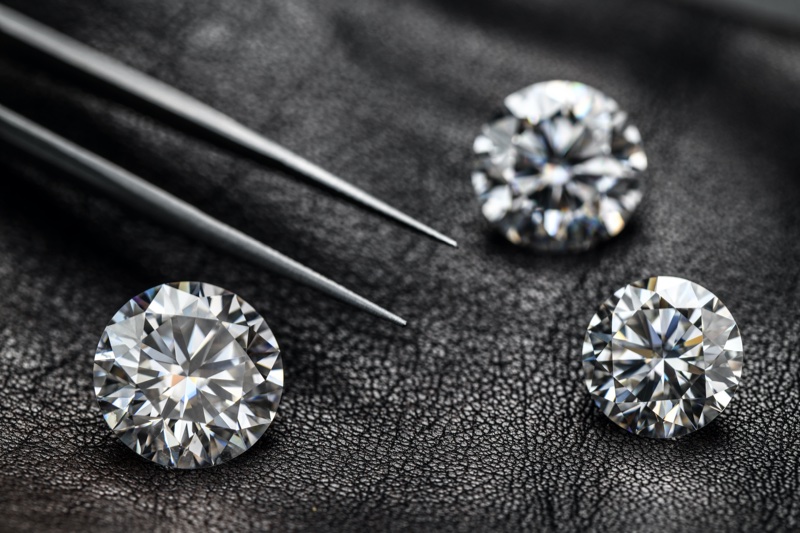
Actual diamonds have been formed deep underground for millions or billions of years. It is produced when carbon is exposed to extreme heat and pressure within the Earth. Over time, this process creates the sparkling stones we know as diamonds.
These gems are mined from the Earth and then cut, polished and sold all over the world. Because of their natural origin, there are no two that are exactly the same. Some people see this as part of the appeal.
Important differences

While real lab-raised diamonds may look the same, there are a few important things that make them stand out.
origin
- The lab-created diamonds are made in the lab in just a few weeks.
- Natural diamonds have been formed underground for billions of years.
material
- Both are made of carbon and have the same chemical structure.
- They look almost the same.
Production method
- Laboratory-grown diamonds are made using advanced machines.
- Natural diamonds are mined from the Earth.
value
- Natural diamonds usually retain their resale value better.
- Lab-grown options lose value faster due to changing demand.
Grading
- Professional GEM Labs can prove and evaluate both types.
Sensation
- Some buyers value the rarity and tradition of natural diamonds.
- Others prefer modern, high-tech-based stories of lab-grown stones.
Appearance and quality
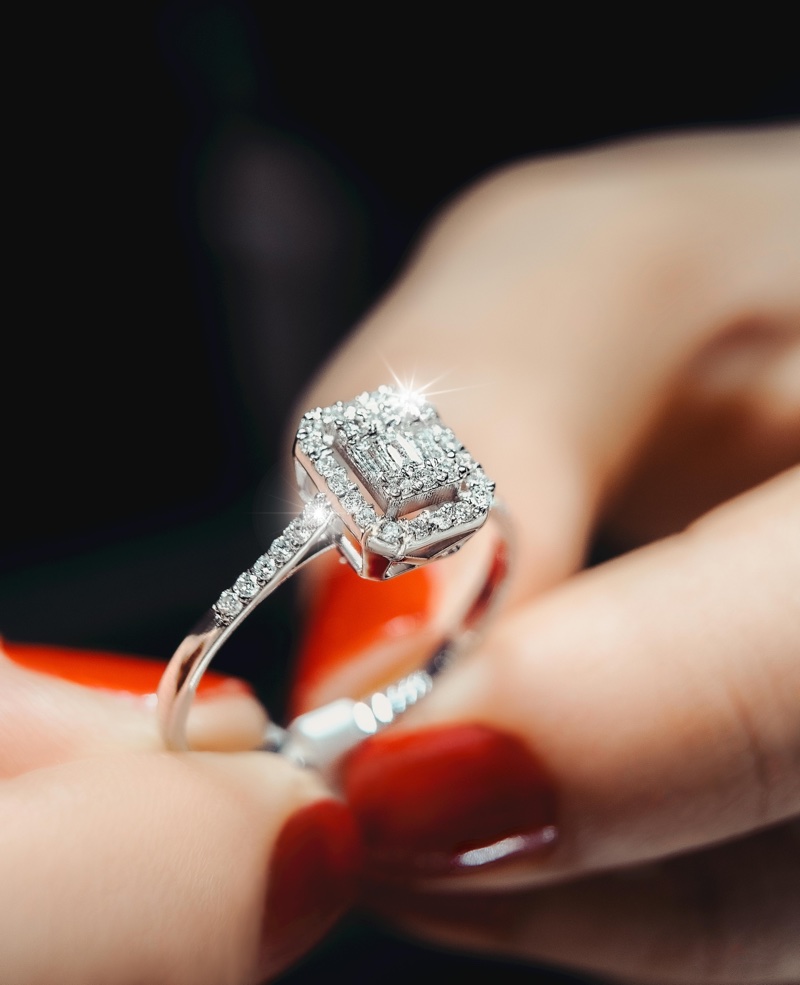
At first glance, the lab-grown diamonds look exactly the same as the real diamonds. Both glow, glow and catch light beautifully. They have the same hardness, glow and structure. You can’t distinguish them just by looking.
Even trained jewellers need special tools to find the difference. Both types are graded using the same standard, which is cut, color, clarity and weight of carats.
Still, there are small details to consider. Natural diamonds may have small defects or marks called inclusions formed deep within the earth. Lab-grown diamonds are usually few of these marks, and some people see them as positive. Others feel that the flaws give more character to the real diamond.
One of the few drawbacks of lab-grown diamonds is that some may contain patterns or features of the lab process. These do not affect the beauty, but experts can sometimes see them under enlargement.
Cost comparison
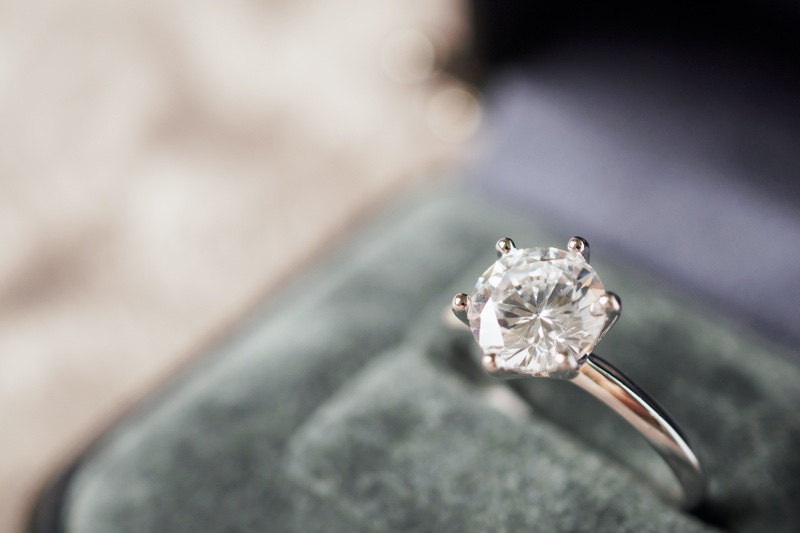
In terms of price, lab-grown diamonds are usually lower than natural diamonds. The main reason is supply. Lab-grown diamonds can be made quickly and in large quantities, but real diamonds take time and effort.
So, are lab-grown diamonds cheap? Yes, a lot. You can often get bigger or higher quality lab-grown stones for the same price as smaller natural ones.
The price of lab-grown diamonds depends on size, cut, clarity and color. Like mined diamonds. But even the best quality lab diamonds cost 30% to 50% less than natural match. For example, a single lab-grown diamond costs around $1,000, while a single carat natural diamond costs between $4,200 and $10,000.
Lifespan and resale value
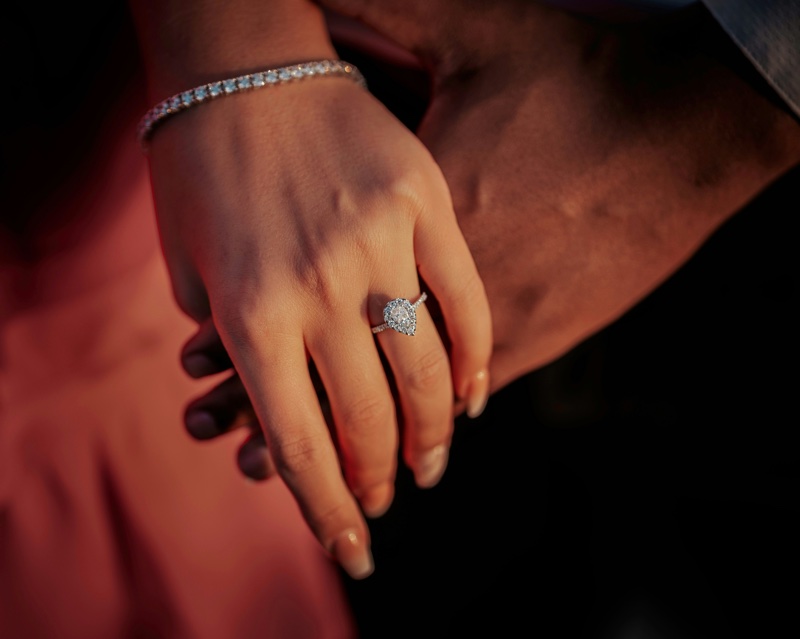
Laboratory-grown natural diamonds are strong and built to last. They rank the same in hardness on the MOHS scale. This means that the ring can take care of daily wear without scratching or breaking. There is no difference in strength.
However, resale value is where things change. Natural diamonds usually retain their value better over time. It is partly due to tradition, rarity and long-term demand. Some buyers consider them to be collectibles and heirlooms.
Laboratory-grown diamonds are also worthless. Their prices have been declining in recent years, making them easy to replace. This can be a drawback for anyone who wants to resell it later or hand over the diamond.
Ethical considerations
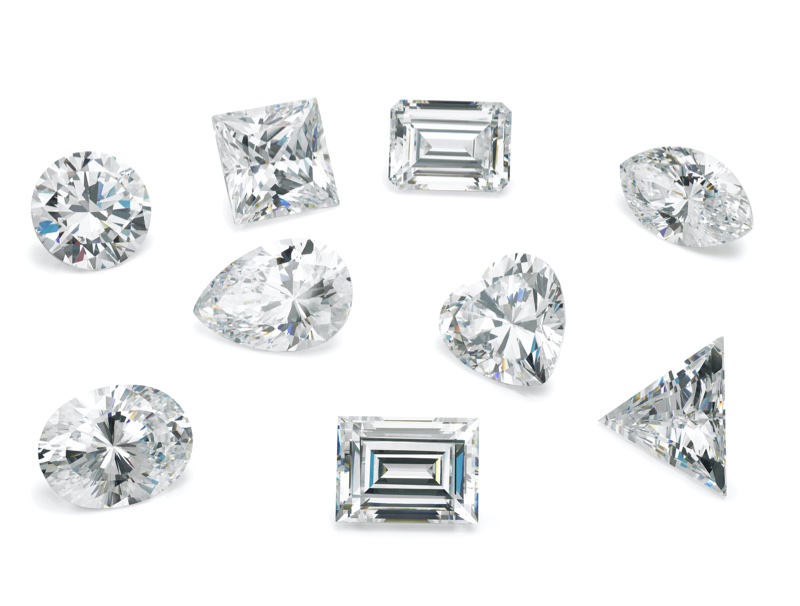
Ethics plays a major role in selecting laboratory-grown diamonds and natural diamonds. Many people worry about how the actual diamonds are mined. In some areas, mining can be harmful to the environment or involve unsafe working conditions.
Lab-grown diamonds offer another option. They are made in the lab so there is no digging or damage to the land. This is why many view them as cleaner and more responsible choices. Some shoppers also like to know exactly where their diamonds come from.
Still, not all natural diamonds come from harmful sources. Today, many are recognized as conflict-free, and some mining companies follow strict ethical rules.
Choosing between the two often comes down to your values. If you are focused on harm reduction and supporting sustainable practices, laboratory-grown diamonds are a powerful option. However, if you prefer natural gems, look for stones that are responsibly sourced and certified for ethical standards.







